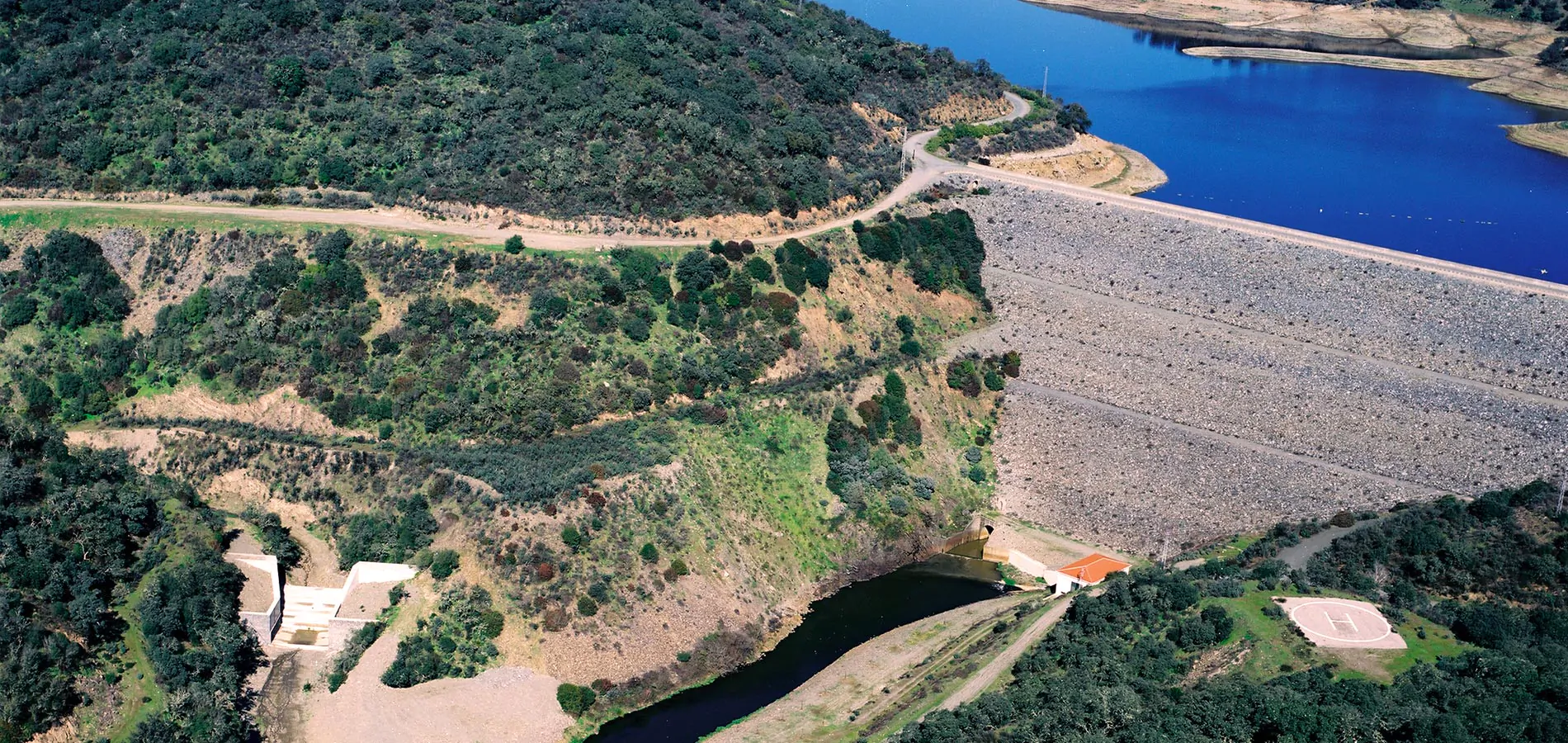Water harvesting is one of the first stages of the integrated water cycle. It involves collecting water from natural sources such as rivers, reservoirs, aquifers, lakes and rainfall for subsequent treatment and distribution. In this phase, different techniques and technologies are used, the choice of one or the other being assessed according to the specific characteristics of the area where the water is collected.
This phase requires careful selection of water sources, which must meet the quality and quantity requirements for drinking water supply. In addition, it is essential to ensure efficient water management for long-term access, considering water scarcity and the impact of climate change on water management.
In the design process of these projects, it is essential to carry out an environmental assessment phase to ensure that the construction and subsequent maintenance of the water receiving and conserving works respond to the human needs for which they are executed, comply with environmental protection parameters, and ensure water quality through the application of water quality control and monitoring measures.
Among the most common structures in this phase is the construction of dams to capture and regulate surface water resources. . When built on rivers and streams, these structures raise the natural level of the river and create a reservoir. They are used to produce hydroelectric power and for water use in irrigation, water supply and industry, and flood abatement.
Dams and reservoirs, therefore, act as vital infrastructures for the correct management of the integral water cycle, being the first link to ensure the efficiency of the rest of the chain. Therefore, constructing these infrastructures must be carefully planned and managed to avoid negative impacts on the environment and/or local communities.Aware of this, Sando Agua has a staff of specialised professionals from various disciplines: civil engineering; construction; environmental engineering; geology and hydrology, biology; laboratory analysis; operation and maintenance of infrastructures, technology experts; and experts in physical and logical security of facilities and information.
Some of the works that Sando has carried out in this phase of the cycle include constructing the Melonares dam in Melonares dam in Seville. A large dam on the river Viar that floods a 16 km strip longitudinally along the course of the river, covering 14.57 km2. Other actions carried out by Sando include the waterproofing of slopes at the Bolera reservoir, disaster management works at the Béznar, Rules and La Concepción dams and maintenance contracts at the Béznar, Rules, Beninar and Cuevas de Almanzora dams. These actions demonstrate Sando’s experience in constructing large hydraulic infrastructures and the excellence of the service provided to its clients.

Catchment
We create spaces to preserve water
Catchment
We carry out the construction and maintenance of hydraulic infrastructures for the collection of water using environmentally friendly technology
In integrated water management, the catchment phase is the first contact with this scarce water resource. Hence, actions such as constructing dams and reservoirs are vital for efficient management in the rest of the chain.
At Sando Agua, we have specialised professionals and extensive experience to carry out these projects efficiently and with the maximum guarantees of environmental protection.